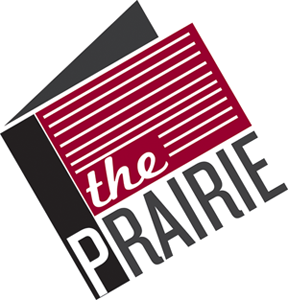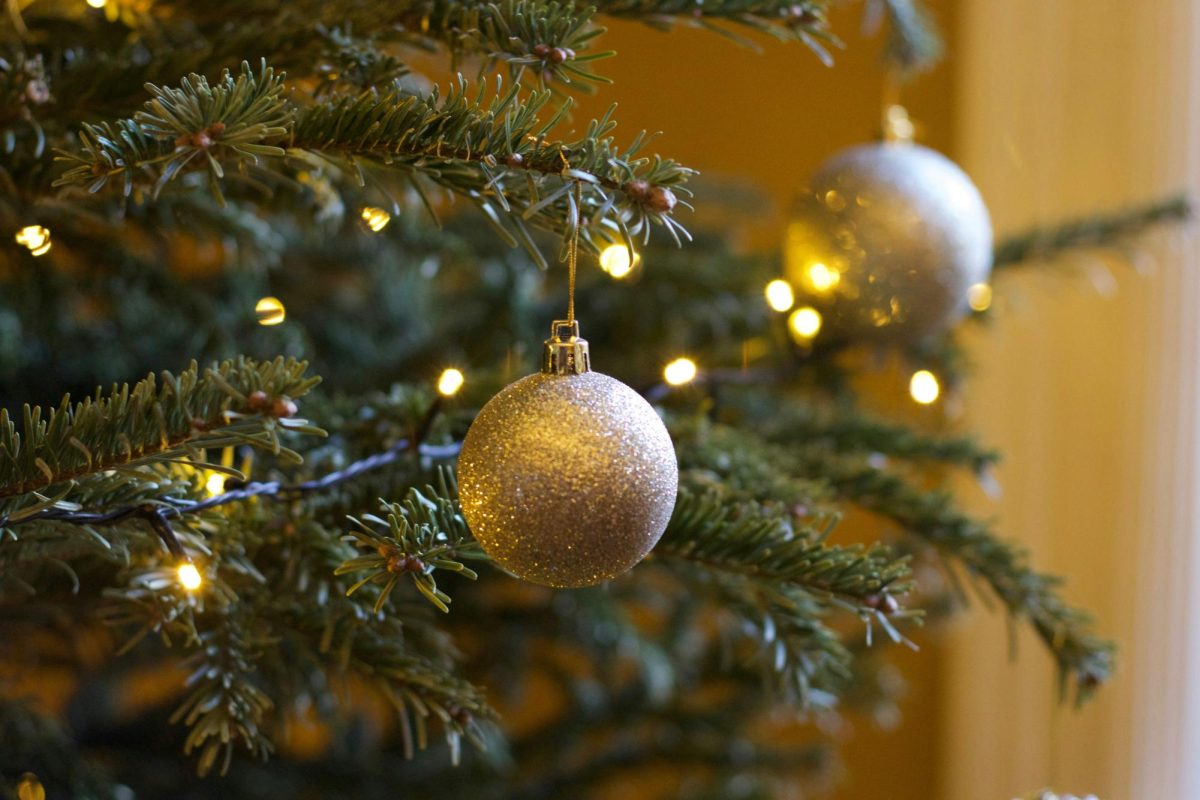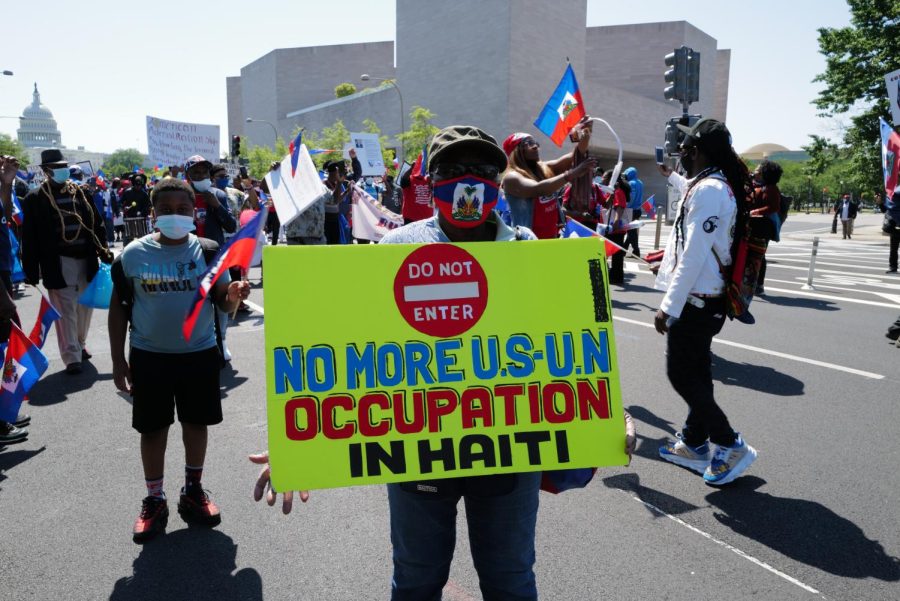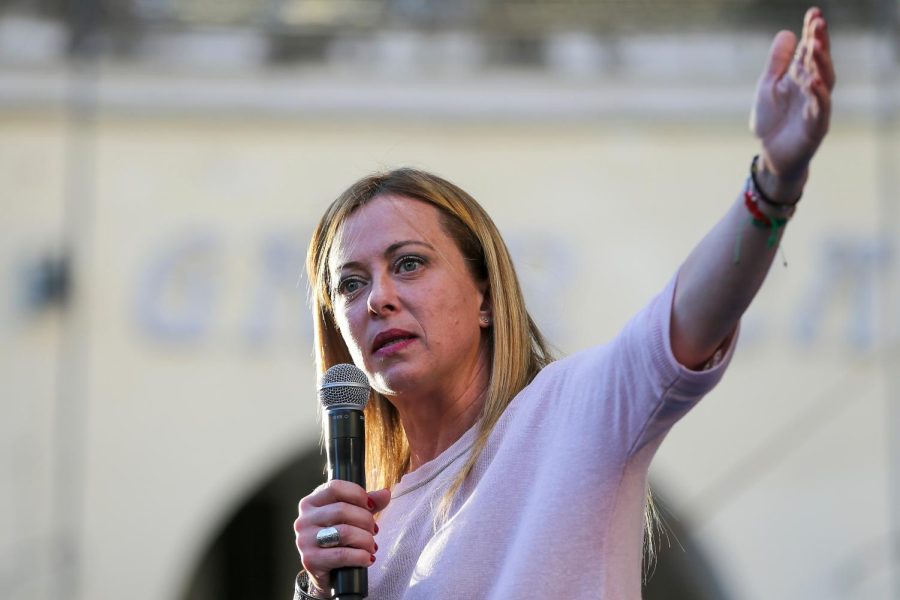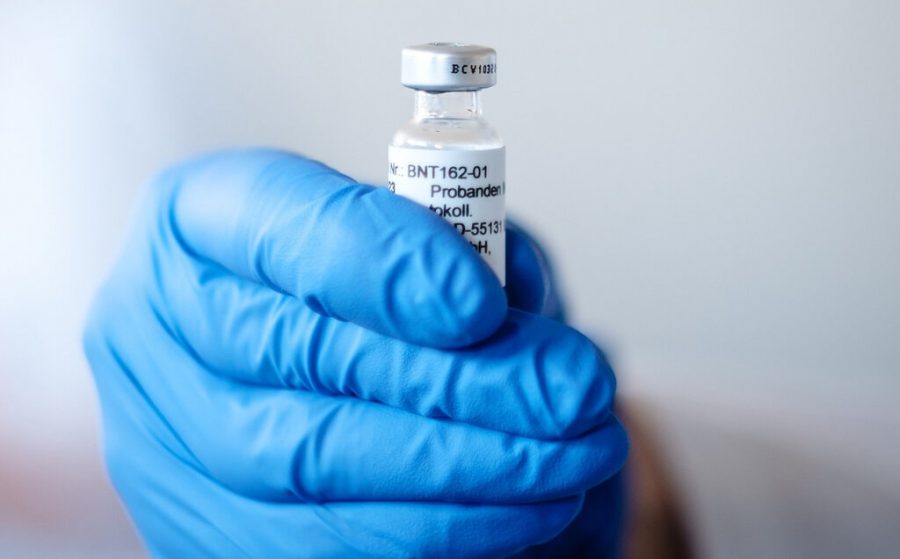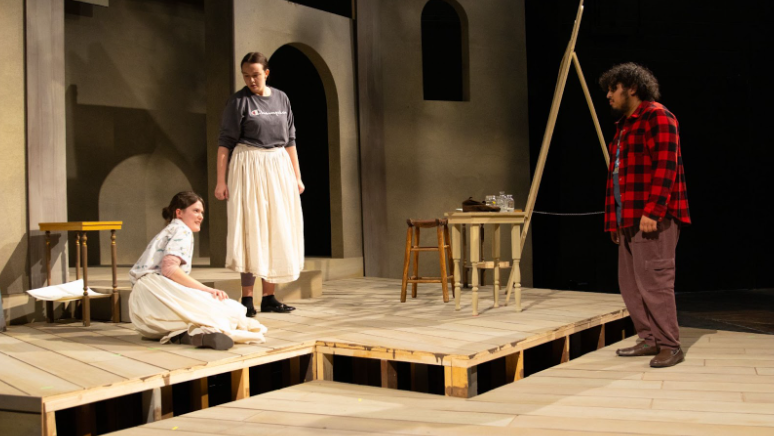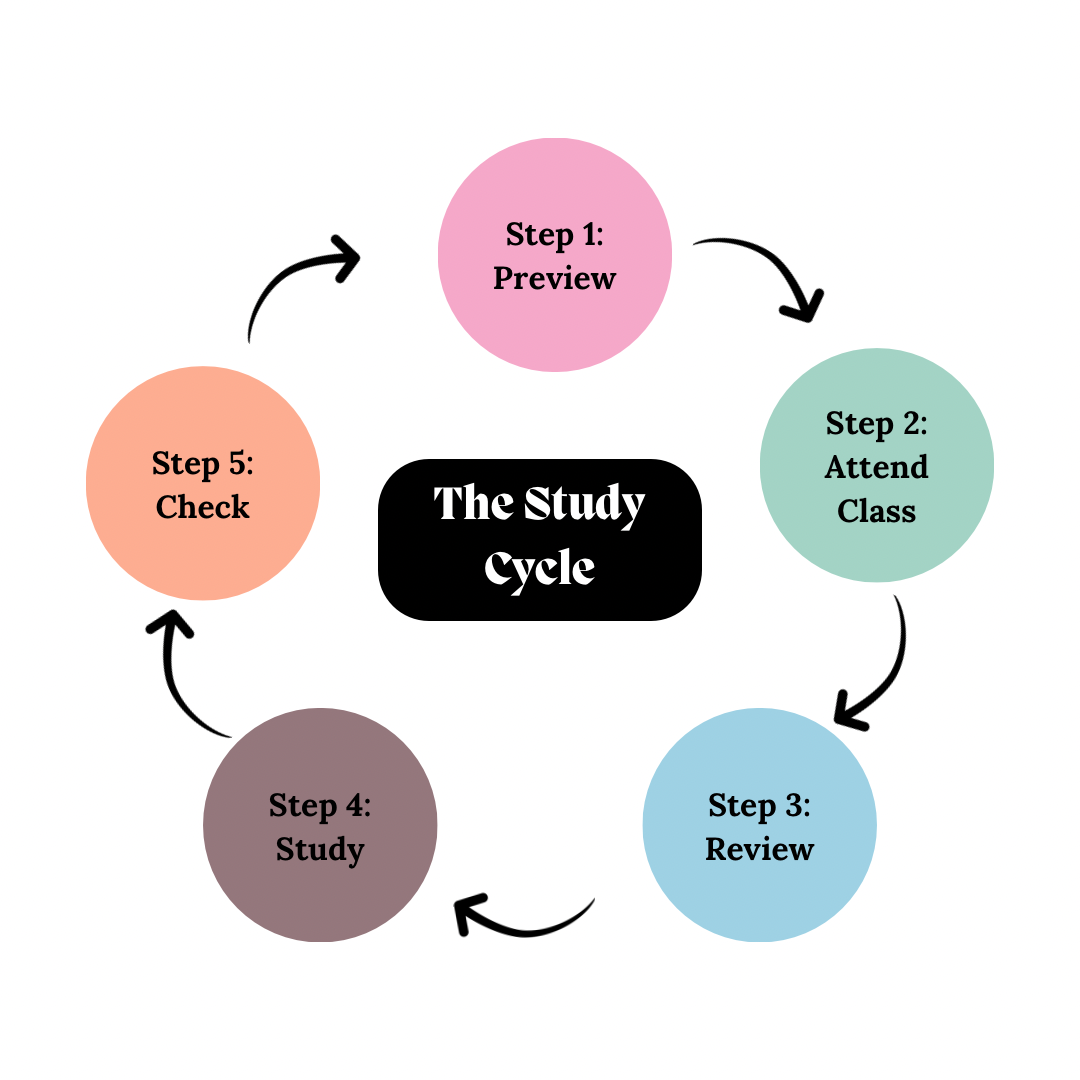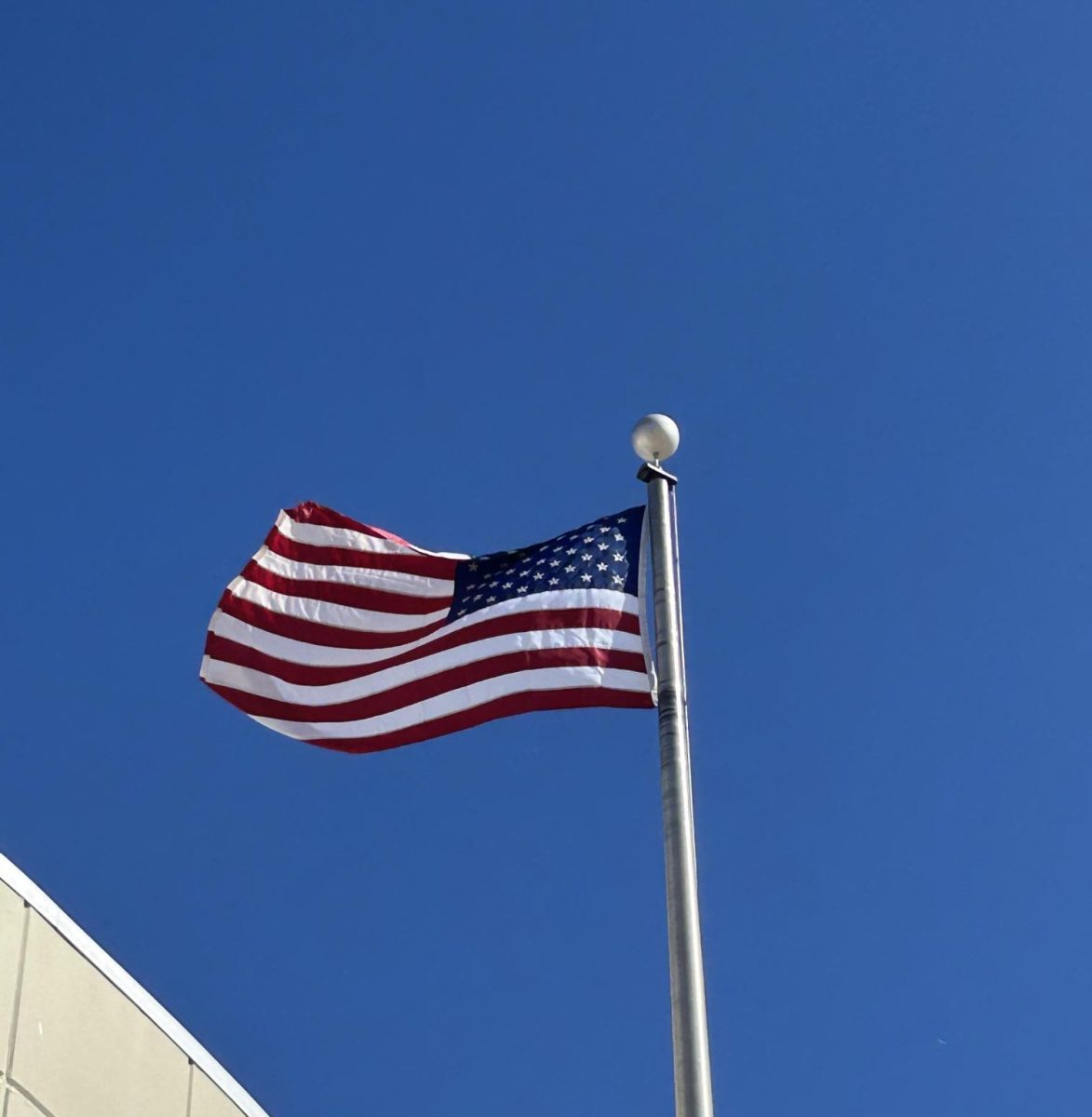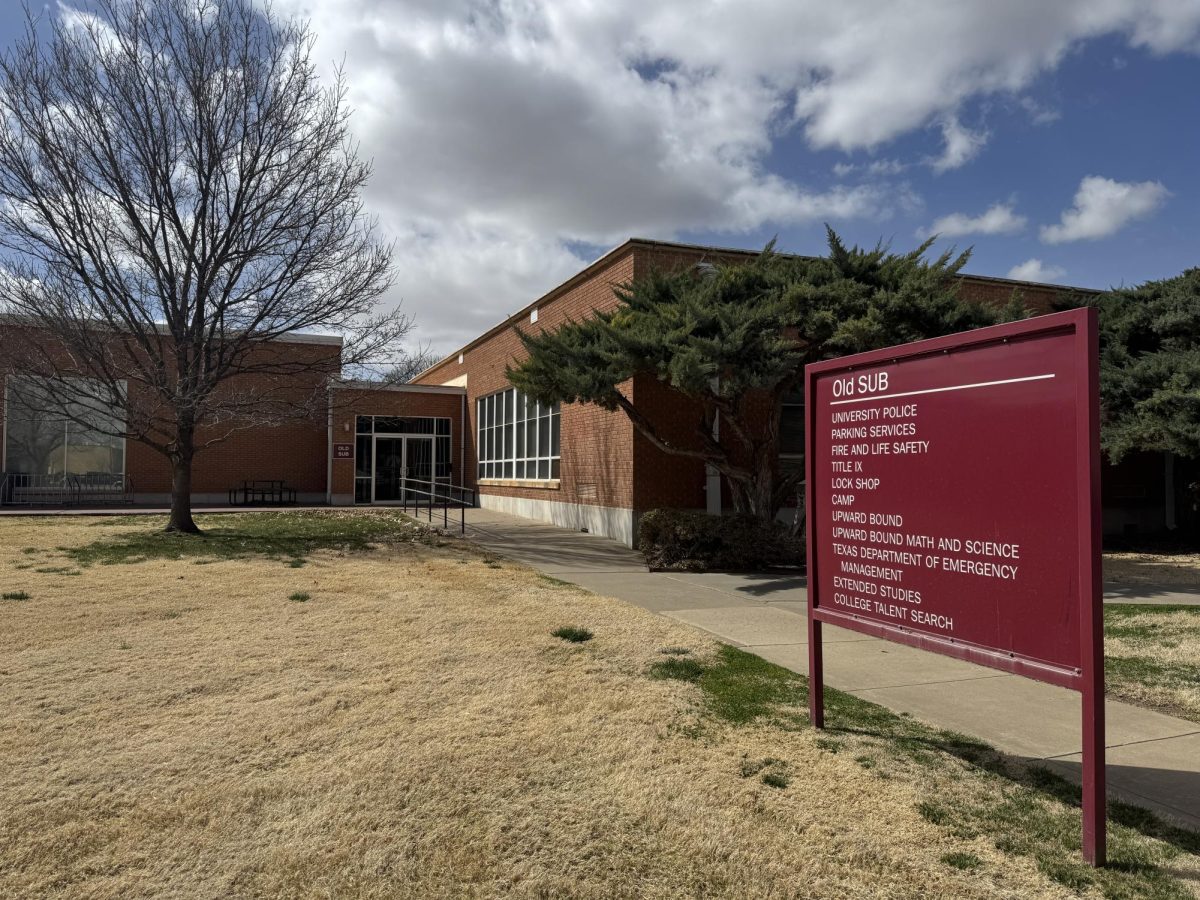Puerto Rico is currently an unincorporated territory of the United States. This means that Puerto Rico has elected governors and legislators, but they can’t vote in national elections. Their representative is also present at the national level, but still has no voting capabilities.
Puerto Rico voted to change that on Nov. 6. Citizens voted on a non-binding referendum to change the island’s status. According to The Economist, “54 percent of the electorate voted to change Puerto Rico’s current status as a self-governing commonwealth, and 61 percent wanted the new form of government to be full American statehood.”
However, since over 450,000 voters left this question blank on their ballot, in reality, only 45 percent of Puerto Ricans voted for statehood.
“Congress establishes the statehood process,” Dr. Dave Rausch, WTAMU political science professor, said. “Usually it starts when the residents of a territory vote in a referendum. Puerto Rico sort of did that this year. If the people in the territory call for statehood, a request is sent to Congress. Both the House and the Senate must approve the statehood request, by a simple majority vote. If approved by Congress, the resolution then goes to the President for his signature or veto.”
Rausch said it would be best for Puerto Rico to remain as an island commonwealth.
“There would be a dramatic increase in money sent to the island in support of welfare programs,” he said. “I’m not sure statehood would benefit the people of Puerto Rico. Right now Puerto Rico residents do not pay federal income tax on income earned from Puerto Rican sources.”
Others believe that Puerto Rico would be a beneficial addition to the country.
“I believe it will make up for Texas [if they seceded from the nation],” Yesenia Castro, a sophomore Math Education major, said.
Even without a majority vote, Puerto Rico is sending the results to Congress and the White House, who will decide on whether or not they become the 51st state.



